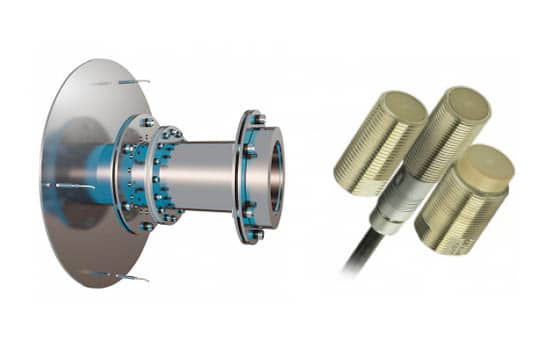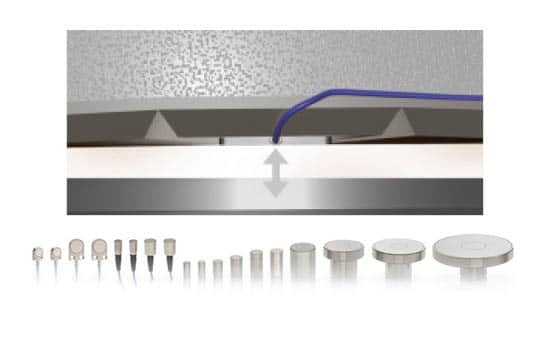The threat of global warming and ozone depletion has driven us to shift our main energy source from fossil fuels to renewable energy. Since 2019, wind energy become the leading source of Australia’s renewable energy, supplying 35.4% of clean electricity and 9.5% of the overall electricity demand in Australia. Wind power is currently the cheapest source of large-scale renewable energy which generates electricity from wind turbine. It generates electricity by converting kinetic energy into electricity. The wind energy is generated when naturally occurring wind swept the turbine blades. The spinning blades drive the generator to produce electricity for export to the power grid for distribution.
In Australia, there are currently 95 wind farms projects planned which are expected to be fully operational by 2025. Sensors are used to collect operational data to predict what components are likely to fail on which turbine. Operators can be alerted when anomalies are observed which allows them to perform necessary check and corrective action before the components fail. This predictive maintenance system has been successful in extending the service life of wind turbine to serve its operational lifetime of 20 to 25 years.
A typical wind turbine comprises approximately 8000 parts or more including the blades, rotor, main bearing, electrical generator and other major components. Generally, maintenance is performed through a cyclic process and scheduled for once or twice a year. Even when regular operation and maintenance (O&M) are carried out and scheduled, it is impossible to detect the potential failure at its early stage. The cost of maintenance and reduction of turbine efficiency may far outweigh the cost of initial investment to procure sensors to setup condition monitoring system.
Sensors solution for preventive condition-based monitoring
Offset and Alignment Measurement

The housing and tower of a wind turbine are generally exposed to huge wind loads. The effect of these wind loads becomes highly significant when they act on objects above 100 meters from the ground. To minimise the impact of these loads, the gearbox and generator are equipped with an elastic bearing. However, the relative motion of the gearbox and the generator must be balanced by the couplings in wind turbines. The offset of these metallic coupling rings is measured using non-contact eddy current sensors, which gives the measurement of the load profile. The sensor takes measurements in axial, radial and tangential directions, while mounted on the coupling ring. On detecting a change in distance of the ring, the impedance of the sensing coil changes. This impedance is proportional to the change in the distance between the sensor and the target, i.e. the coupling ring.
Gap Monitoring between Surfaces

The oil gap between the bearing and the shaft prevents any direct contact between the bearing surface and the shaft. In cases of extreme load, the oil pressure can rise, closing the gap. As a result, the bearing gets damaged, which eventually leads to turbine failure. Hence, the gap between the bearing surface and the shaft needs to be consistently monitored.
Eddy Current Sensors are mounted to the bearing shoe to measure through the oil film and the plain bearing directly onto the shaft. The measured values are consistently monitored in order to avoid any unnecessary wear of couplings, bearings or shaft seals, which may lead to some serious damages to the wind turbine.
In large electric motors and generators, it is very crucial to prevent the rotor and stator from coming in contact. This can be due to the imbalances during operation caused by extreme weather and wind conditions. Non-contact capacitive sensors are used to measure the gap between the stator and the rotor. As these sensors can operate at high temperatures and the electromagnetic fields present in motors, they are highly suitable for wind turbine maintenance. These sensors operate on the principle that electrical capacitance exists between any two conductive surfaces that are near each other. When the distance between these surfaces changes, the capacitance also changes and the sensor measures the distance, which is extremely important to the safety and maintenance of the wind turbine.
Vibration Monitoring of Components

The wind turbine blades can be damaged by moisture absorption, fatigue, wind gusts or lightning strikes. Hence, it is important to monitor the vibrations of a rotor blade in order to find blade failure mechanisms and thereby improve the blade design. Optical strain gauges based on Bragg grating techniques have been proven to provide accurate vibration results, as compared to other monitoring systems. These sensors can measure vibrations for a long time and don’t need to be calibrated periodically.
The sensors are installed to cover all the points along the main beam of the blade. When an external compression or stretching force is induced in the fiber, it is subjected to positive or negative strain. As a result, the interval at which the fiber-grating interference are placed will change. These changes impact the time required for the reflected light to travel back which also changes the Bragg’s wavelength, which is proportional to the strain induced in the fiber. The results can be transmitted to the Fiber-Bragg Interrogator for analysis and signal conditioning.
Laser triangulation sensors are also utilised in some critical applications that involve the detection of movement and vibration in the turbine. These sensors operate on the triangulation principle that includes sending a laser beam on the target object and calculating the results based on the reflected beam from the object. This non contact measurement technique is also suitable for determining the distance between the mast and the foundation of a wind turbine. These sensors can also be used to monitor the vibration of the tower as small changes can be detected with absolute precision. The gathered data can be used to perform trend analysis to study the vibration behavior over time.
Bestech Australia supplies a wide range of instrument to support both off-shore and on-shore wind turbines measurement requirements. Contact us for more information.

